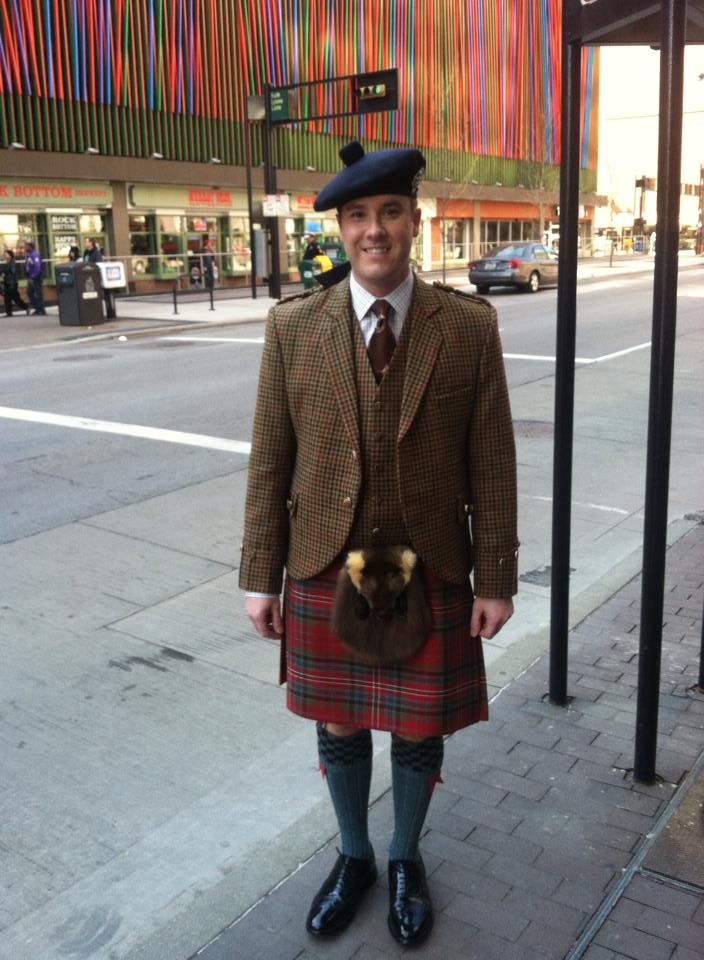X Marks the Scot - An on-line community of kilt wearers.
|
-
27th August 14, 06:13 PM
#1
 Originally Posted by pbutts

As I recall that's David Pope with his daughter, but I can't help you ID the tartan.
Aye, it is David Pope and his lovely daughter. David is wearing the MacMillan Hunting tartan in Wilson's of Bannockburn colours with an enlarged sett. Very smart looking kilt.
-
The Following User Says 'Aye' to creagdhubh For This Useful Post:
-
27th August 14, 06:22 PM
#2
Also, David and I share the same sense of style in regards to bespoke kilt hose! 

-
-
28th August 14, 06:27 AM
#3
Just chiming in with a big "thank you" for this excellent thread!
-
The Following 3 Users say 'Aye' to Tim Little For This Useful Post:
Tags for this Thread
 Posting Permissions
Posting Permissions
- You may not post new threads
- You may not post replies
- You may not post attachments
- You may not edit your posts
-
Forum Rules
|
|
Bookmarks